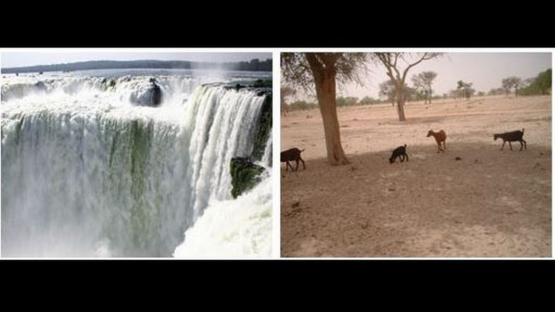Changes in the hydrological cycle may cause more water to be deposited in the oceans at some periods of the year and an increased scarcity of water in others, while accelerated melting of glaciers and increasing use of fossil water will lead to severe shortages of water that will affect millions of people in the mid-term future unless governments jointly agree on and implement appropriate measures to reduce greenhouse gas emissions into the atmosphere.
The world is facing alarming food insecurity due to the adverse effects of climatic changes on crop and livestock productivity, increased demands from emerging markets in Asia and Latin America, use of grains in the production of biofuels, and reduction of arable land due to increasing urbanization. The Food and Agriculture Organization of the United Nations (FAO) has indicated that one billion of the world’s 6.5 billion people face hunger and are “food insecure”. .





